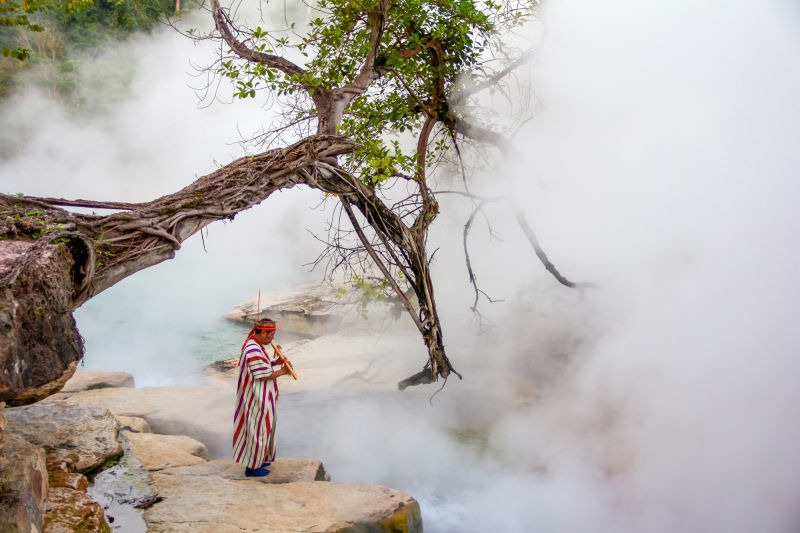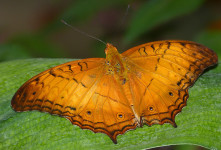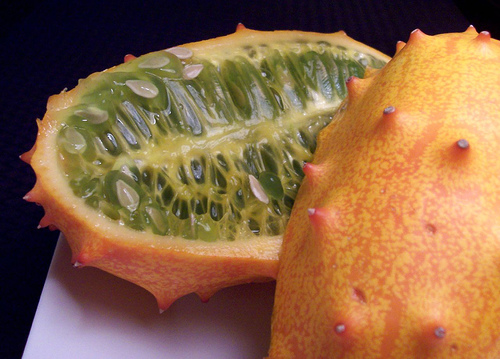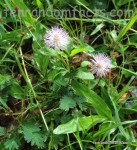
Don’t try your luck taking a dip in the Boiling River of Mayantuyacu.
- The Boiling River of Mayantuyacu is a river that winds through the Amazon rainforest in central Peru, in South America.
- The Boiling River of Mayantuyacu is also known as ‘Shanay-timpishka’, named by the local natives, translated to mean something like “boiled with the heat of the sun”.
- The length of the heated part of the Boiling River of Mayantuyacu is about 6.4 kilometres (4 miles), with a depth of up to 5 metres (16 feet) and a width of up to 24 metres (80 feet).
- The temperature of the Boiling River of Mayantuyacu ranges from 50°C to 100°C (122°F – 212°F), and it can quickly cause a third degree burn – burning all skin layers.
- The Boiling River of Mayantuyacu is a peculiar phenomenon, as no active volcano is located near the river – the closest is approximately 700 kilometres (430 miles) away, as the source of other boiling rivers is typically volcano activity, though it is likely fed by a number of hot springs.
Part of the Boiling River of Mayatuyacu
Image courtesy of Sofia Ruzo/The Boiling River Project
- The Boiling River of Mayantuyacu is considered sacred, and is believed to be a place with spiritual and healing powers by the natives, who have long known of its existence.
- The Boiling River of Mayantuyacu is the final resting place of animals unfortunate enough to wander into the water, as the temperatures cook the animals alive.
- Robert Moran, an American geologist discovered the Boiling River of Mayantuyacu’s in the 193os, though it wasn’t until 2011 that scientific documentation began, by American geoscientist Andrés Ruzo, who rediscovered the river, led there by his aunt, after hearing tales of it twenty years earlier.
- The local legend explains that the hot waters of the Boiling River of Mayantuyacu were released by a giant mythical serpent named ‘Yacumama’.
- Due to its isolated location, the trek to the Boiling River of Mayantuyacu is potentially dangerous, and it is about an hour from the nearest health centre and three hours from the nearest hospital.

















